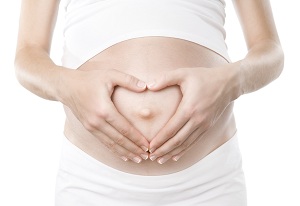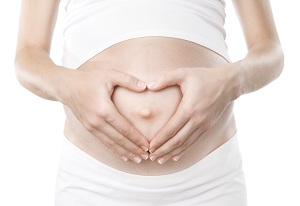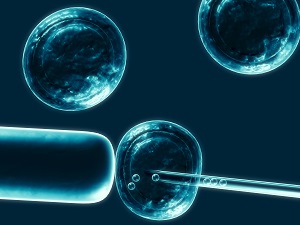Fetal magnetic resonance imaging (MRI) can detect holoprosencephaly as early as the 18th week of gestation. According to a study published in the American Journal of Medical Genetics. According to the authors, this would allow to intervene as soon as possible with treatments aimed at curbing the disease.
Holoprosencephaly is the failure to separate the two cerebral hemispheres. The cause is mainly genetic, but environmental factors also contribute. Among these are gestational diabetes and the use of certain medications during pregnancy.
The study demonstrates that some signs of the disease can be identified by simple magnetic resonance. These include:
- facial malformations;
- abnormal shape of the head;
- craniofacial defects;
- defects in the volume of the temporal lobes.
Ultrasounds are able to diagnose the most serious forms of the disease, linked to obvious facial anomalies. Unfortunately, however, they are often unable to make a distinction between holoprosencephaly and other brain abnormalities. For example, it is easy to make confusion with an excess of cerebrospinal fluid accumulation. Ultrasound becomes clearer only from week 24, when it is often too late to carry out effective treatments.
According to the team, fetal magnetic resonance imaging is much more accurate and faster than ultrasound. This screening tool has proven effective since the 18th week and sometimes even the 16th. To guarantee an accurate diagnosis, however, two elements are needed: very clear images; consulting a specialist.
Source: childrensnational.org
Add a comment





